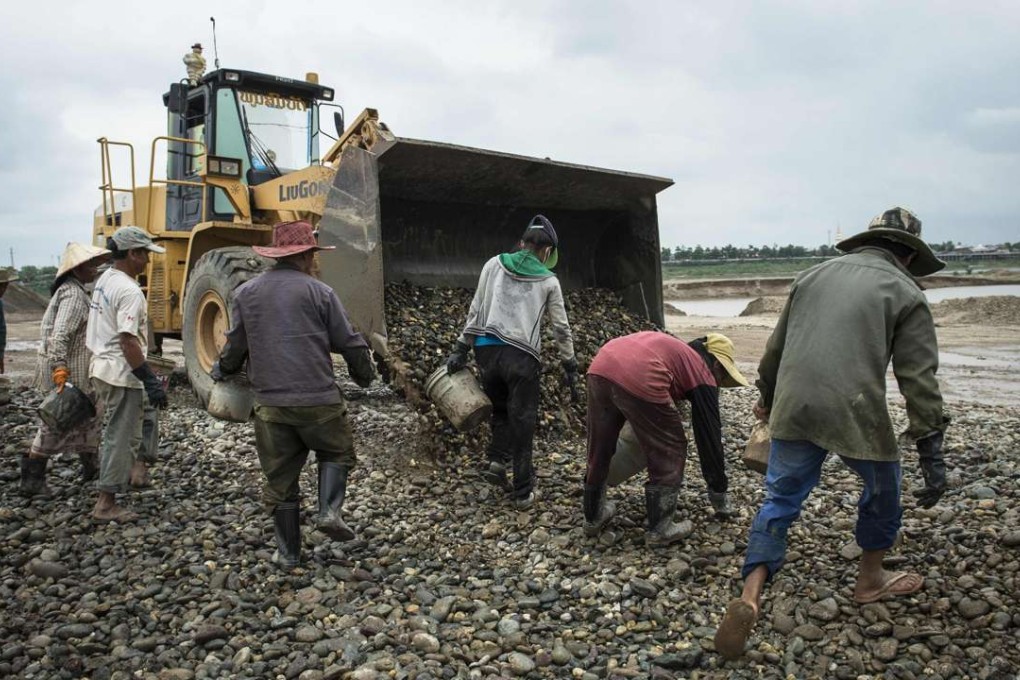Chinese demand for sand and cement delivers wage for Laotian workers – but is destroying the Mekong
China world’s top consumer of sand – devouring more than 60 per cent of the global output and using more in four years than the US did in the entire 20th century

Grain by grain, truckload by truckload, Laos’s section of the Mekong river is being dredged of sand to make cement – a commodity being devoured by a Chinese-led building boom in the capital.
But the hollowing out of the riverbed is also damaging a vital waterway that feeds hundreds of thousands of fishermen and farmers in the poverty-stricken nation.
“Today, it’s more complicated for us to go fetch water for crops,” Deam Saengarn said from the muddy river’s shores, describing how its gentle slopes have given way to steep embankments.
Today, it’s more complicated for us to go fetch water for crops
The 36-year-old mother of two captures Laos’s development conundrum: she depends on US$10 daily wage from a sand extraction firm, but also relies on the very river she is helping to gouge.
“We really need this water,” she added wistfully, dripping with sweat as she separated stones from the mountains of sediment piled on the shore.
All around her, industrial pipes and excavators suck up the Mekong’s floor, carving moon-like craters into the bed of a river that winds through most of the landlocked nation.
It is a familiar story in a country whose natural resources have been steadily plundered by businesses – many of them Chinese – under the gaze of communist leaders who brook no dissent but welcome foreign cash.